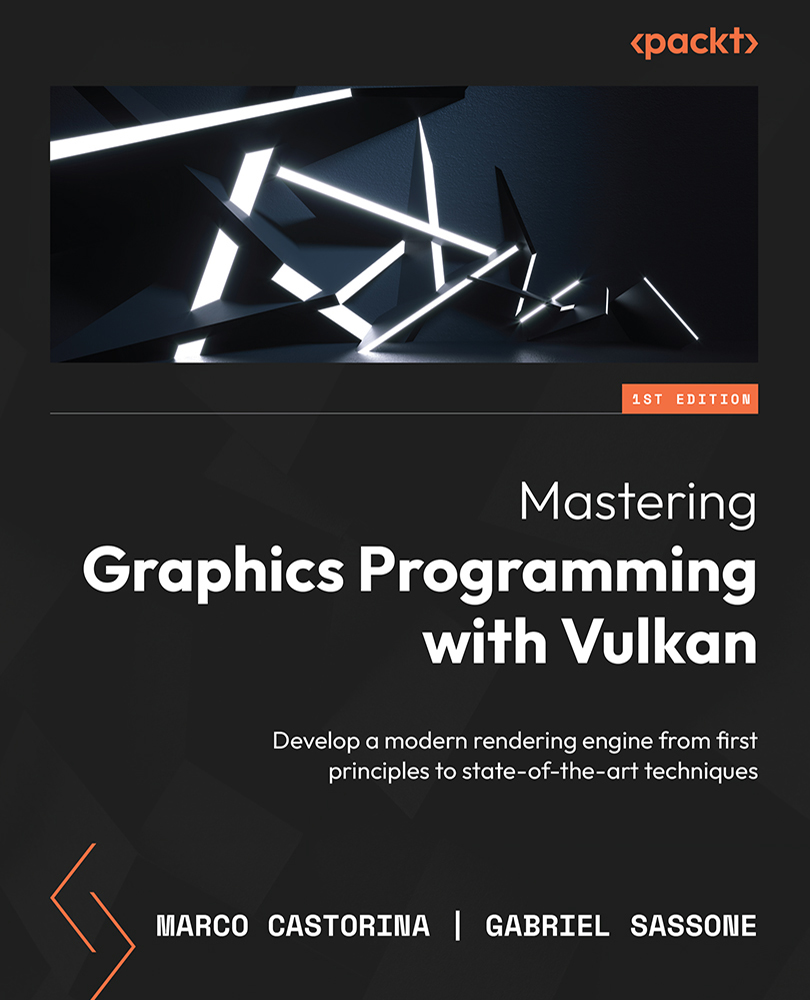Improving TAA
There are five areas to improve TAA: reprojection, history sampling, scene sampling, history constraint, and resolve.
Each one has different parameters to be tweaked that can suit the rendering needs of a project – TAA is not exact or perfect, thus some extra care from a visual perspective needs to be taken into account.
Let’s see the different areas in detail so that the accompanying code will be clearer.
Reprojection
The first thing to do is to improve reprojection and thus calculate the coordinates to read the velocity to drive the History sampling section.
To calculate the history texture pixel coordinates, the most common solution is to get the closest pixel in a 3x3 square around the current pixel, as an idea by Brian Karis. We will read the depth texture and use the depth value as a way to determine the closest pixel, and cache the x and y position of that pixel:
void find_closest_fragment_3x3(ivec2 pixel, out ivec2 ...


























































